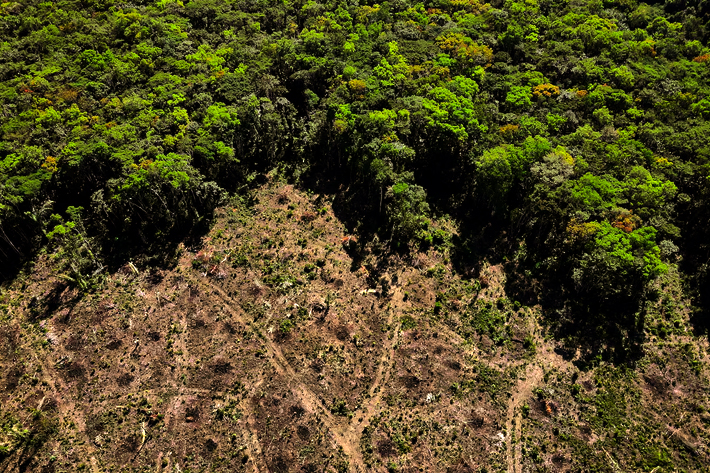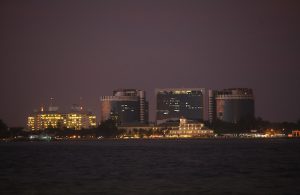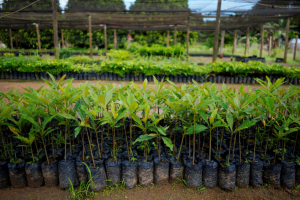The rich cultivated soils of the Amazon may be storing billions of tonnes of carbon, scientists have speculated, suggesting the region plays a bigger role in balancing the Earth’s climate than was previously thought, ScienceHub reported.
The soil, known as “terra preta” or “dark earth” because of its stark colour, has been formed by humans spreading ash and other organic waste around their settlements over the centuries, the story went on, and stores around double the carbon of the region’s more typical sandy soil.
Satellite imagery data predicted that more than 3% of the 2.6 million-hectare Xingu Indigenous Territory in the south-east Amazon, or 91,000 hectares, contained dark earth, which the researchers estimate means the human-modified soil stores 9 million tonnes more carbon than it would usually.
The scientists from the University of Miami in Florida said they hadn’t extrapolated the data to cover the whole Amazon basin but, the report suggested, if the dark earth is present to the same extent across the more than 5.5-million-square-kilometre basin, it could be storing billions of tonnes of carbon – an amount close to the annual CO2 emissions of the US.
Read the full story: ScienceHub
- By Sean O’Meara
Also on AF:
Bill Gates Backs Effort to Boost Credibility of Carbon Removal
Memory Breakthrough Could Slash AI Energy Use – LS
A Third of Carbon Credits Fail on New ‘High-Integrity’ Criteria
Carbon Offsets Mostly ‘Ineffective’, Slow Net Zero Shift – FT























